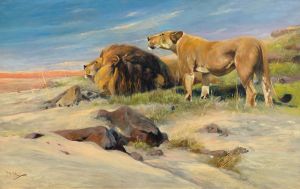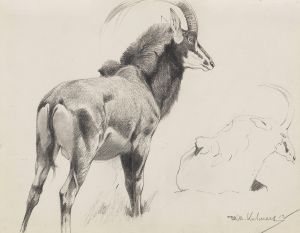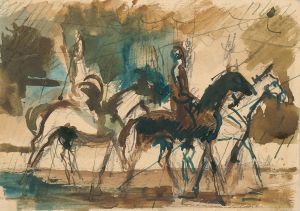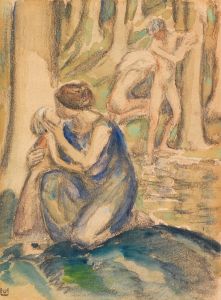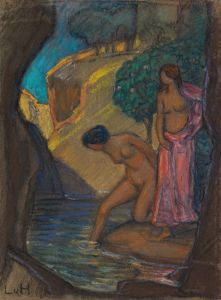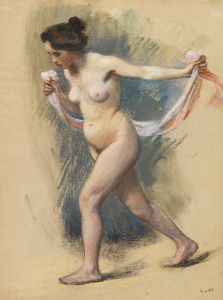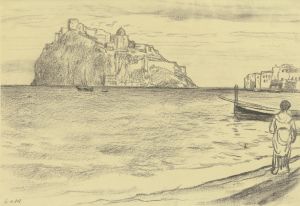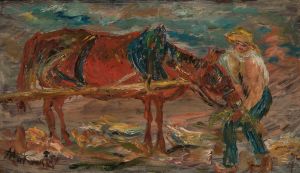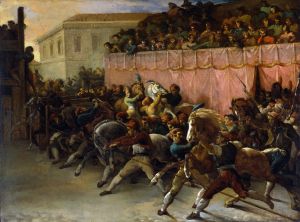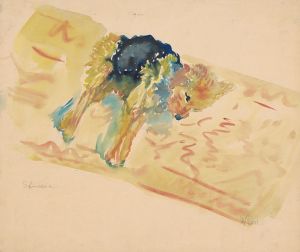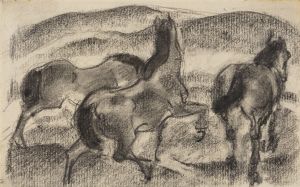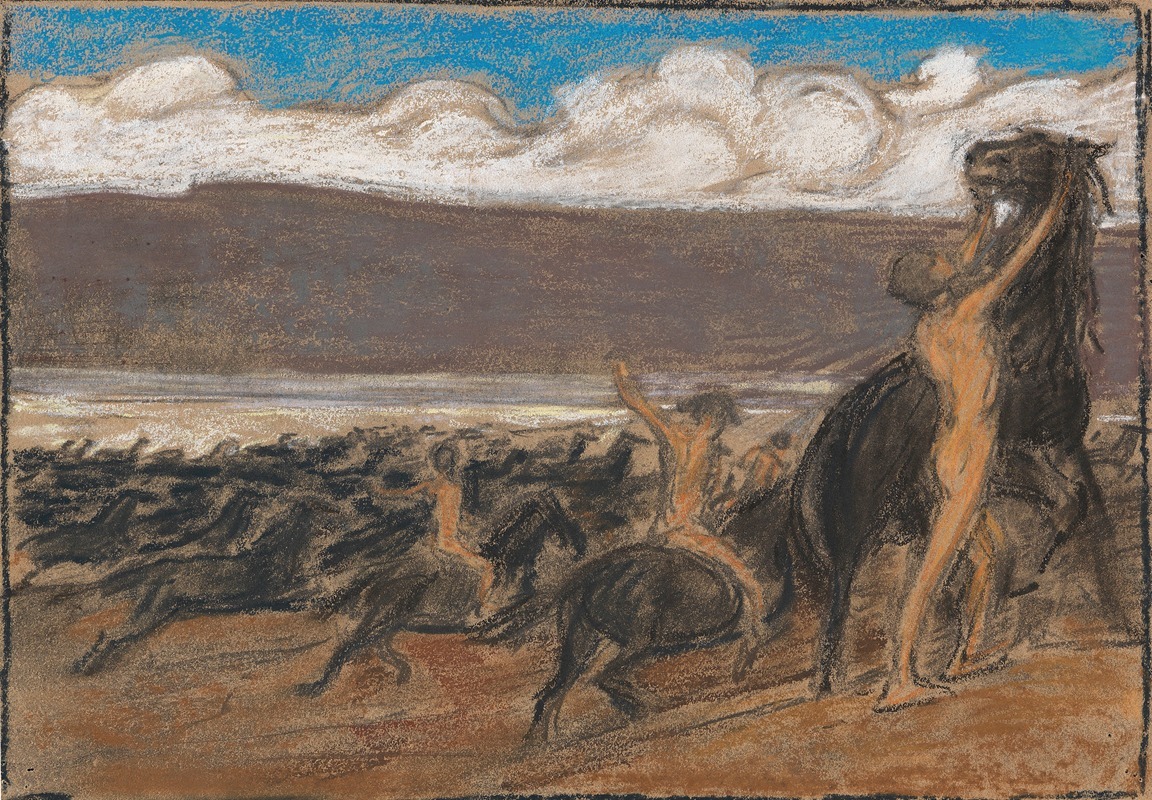
Pferdebändiger
A hand-painted replica of Ludwig von Hofmann’s masterpiece Pferdebändiger, meticulously crafted by professional artists to capture the true essence of the original. Each piece is created with museum-quality canvas and rare mineral pigments, carefully painted by experienced artists with delicate brushstrokes and rich, layered colors to perfectly recreate the texture of the original artwork. Unlike machine-printed reproductions, this hand-painted version brings the painting to life, infused with the artist’s emotions and skill in every stroke. Whether for personal collection or home decoration, it instantly elevates the artistic atmosphere of any space.
Ludwig von Hofmann's Pferdebändiger (translated as "Horse Tamer") is a painting created by the German artist Ludwig von Hofmann, who was active during the late 19th and early 20th centuries. Hofmann is known for his contributions to Symbolism and Art Nouveau, and his works often explore themes of nature, mythology, and the human form. However, specific details about the creation, context, or reception of Pferdebändiger are not widely documented in available historical records.
Ludwig von Hofmann (1861–1945) was a prominent figure in the German art scene and a member of the Berlin Secession, an influential group of artists who sought to break away from traditional academic art. His style often blended classical influences with modernist tendencies, and he was celebrated for his depictions of idyllic, dreamlike landscapes populated by figures engaged in harmonious interaction with nature.
While Pferdebändiger is attributed to Hofmann, there is limited verifiable information about the painting's specific background, including its date of creation, medium, or current location. The title suggests a focus on the act of taming or controlling horses, a motif that has appeared in art throughout history as a symbol of human mastery over nature or the struggle between civilization and untamed forces. However, without further documentation, it is not possible to confirm the thematic or symbolic intent behind this particular work.
Hofmann's broader body of work reflects his interest in the interplay between humans and their environment, often drawing on classical mythology and idealized visions of nature. His art was influenced by movements such as Symbolism, which emphasized the use of imagery to evoke emotions and ideas beyond the literal. He also incorporated elements of Jugendstil (the German counterpart to Art Nouveau), characterized by flowing lines and organic forms.
Despite his acclaim during his lifetime, many of Hofmann's works are not as widely studied or exhibited today, and detailed information about individual pieces like Pferdebändiger remains scarce. Scholars and art historians continue to explore his contributions to early modern art, but the lack of comprehensive records for some of his works limits our understanding of their full significance.
In summary, while Ludwig von Hofmann is recognized as an important artist of his era, specific information about Pferdebändiger is not readily available in historical or academic sources. Further research or discovery of archival materials may provide additional insights into this painting in the future.





